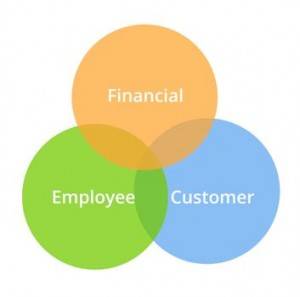August 31, 2016
Addressing the five negative influences on organisational culture 0
 Organisational culture should represent a clear vision from a firm about its very nature and identity as well as its values. A culture one that everybody within the organisation should understand and share. But this is not always the case as a growing number of firms are discovering to their cost. According to a paper published last year by Deloitte University Press, only 12 percent of employees believe their company is effective at driving their desired culture. Another study from employee feedback software provider Stackhands, around two thirds of people (64 percent) feel they do not have a strong work culture within their organisation. Even so, whether people are aware of it or not, their company has its own culture. Without direction and positive influences, negative factors can take hold, shaping culture in a way that can become harmful for a business. These elements can hinder your company’s development of an effective culture:
Organisational culture should represent a clear vision from a firm about its very nature and identity as well as its values. A culture one that everybody within the organisation should understand and share. But this is not always the case as a growing number of firms are discovering to their cost. According to a paper published last year by Deloitte University Press, only 12 percent of employees believe their company is effective at driving their desired culture. Another study from employee feedback software provider Stackhands, around two thirds of people (64 percent) feel they do not have a strong work culture within their organisation. Even so, whether people are aware of it or not, their company has its own culture. Without direction and positive influences, negative factors can take hold, shaping culture in a way that can become harmful for a business. These elements can hinder your company’s development of an effective culture:






 How many people in the workplace genuinely trust their managers and employers? It’s a question that we should ask because the answer unfortunately is not as many as you might think. It’s almost certainly well below what an organisation supposes or expects. For example, a recent
How many people in the workplace genuinely trust their managers and employers? It’s a question that we should ask because the answer unfortunately is not as many as you might think. It’s almost certainly well below what an organisation supposes or expects. For example, a recent 




















December 12, 2016
Can an organisation simply buy employee motivation? 0
by Matias Rodsevich • Comment, Workplace
More →